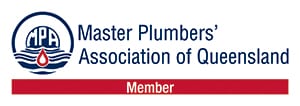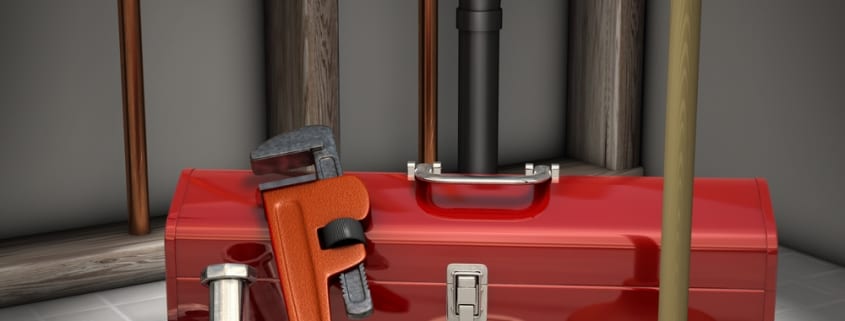What is rough in plumbing?
Whether you are renovating your current home, building an addition or a new home, it’s an achievement when certain stages are completed – because this means that your project is moving along! One of these stages is when the initial plumbing lines are installed and this is called the ‘rough in plumbing’.
Essentially, this is when your plumber installs the plumbing pipes inside the walls and before the plasterboard is applied over them. Usually, the rough in plumbing stage only takes place when the roof is on and the house has been deemed weatherproof.
Once the rough in plumbing has been completed (as well as the electrical rough ins), and before the plasterboard is fixed to the walls, the work needs to be reviewed by the building inspector. If the rough in does not pass inspection, them the inspector will issue a change order and review the work a second time, before the walls can be plastered.
Any changes made by the homeowner are best discussed during this time, before the walls are sealed with plasterboard. This is the easiest time to make any design changes to your plumbing and it’s also the cheapest time – when the walls are still not plastered.
Important points to consider with rough in plumbing
You will need plumbing in the kitchen, laundry, bathrooms, wet room, outdoor kitchen, and possibly even in a shed, garage or the garden. This is a lot of plumbing that needs to be completed to a high quality and on schedule so that it can pass inspection and the build can proceed in a timely manner.
It’s important to realise that rough in plumbing is installed differently for timber and steel frames. For a timber framed home or extension, the plumber cuts holes in the timber studs so that the pipes can be run through the walls. The problem is that too many holes, holes that are too big or in the wrong place, can reduce the integrity of the timber frame; this frame will then need to be reinforced.
This is one of the issues that building inspectors look for when they make their inspections. On the other hand, steel frames come pre-drilled with holes for the rough in plumbing, so this shouldn’t be an issue.
Another problem occurs when the plumbing pipes aren’t secured well enough to the building’s frame resulting in something that plumbers call ‘water hammer’. This is a very loud hammering noise coming from the pipes due to the water and air moving through pipes (which is normal) that haven’t been secured properly. Apart from being frustrating and annoying, unsecured pipes can result in broken pipes in the walls, something that we want to avoid at all costs. This is another problem that a building inspector will check during their rough in plumbing inspection.
It normally takes a few days for the rough in plumbing to be completed, which is usually scheduled to be completed just before the imminent arrival of the building inspector. Too early and everyone has to stand around waiting for the inspection before they can do anymore work, and too late means waiting for the inspector to fit you into his schedule again.
Find out what causes blocked drains.
Mint Plumbing are highly skilled at rough in plumbing – why not call us today on 07 3297 6517 for a fee quote or send us an email?







